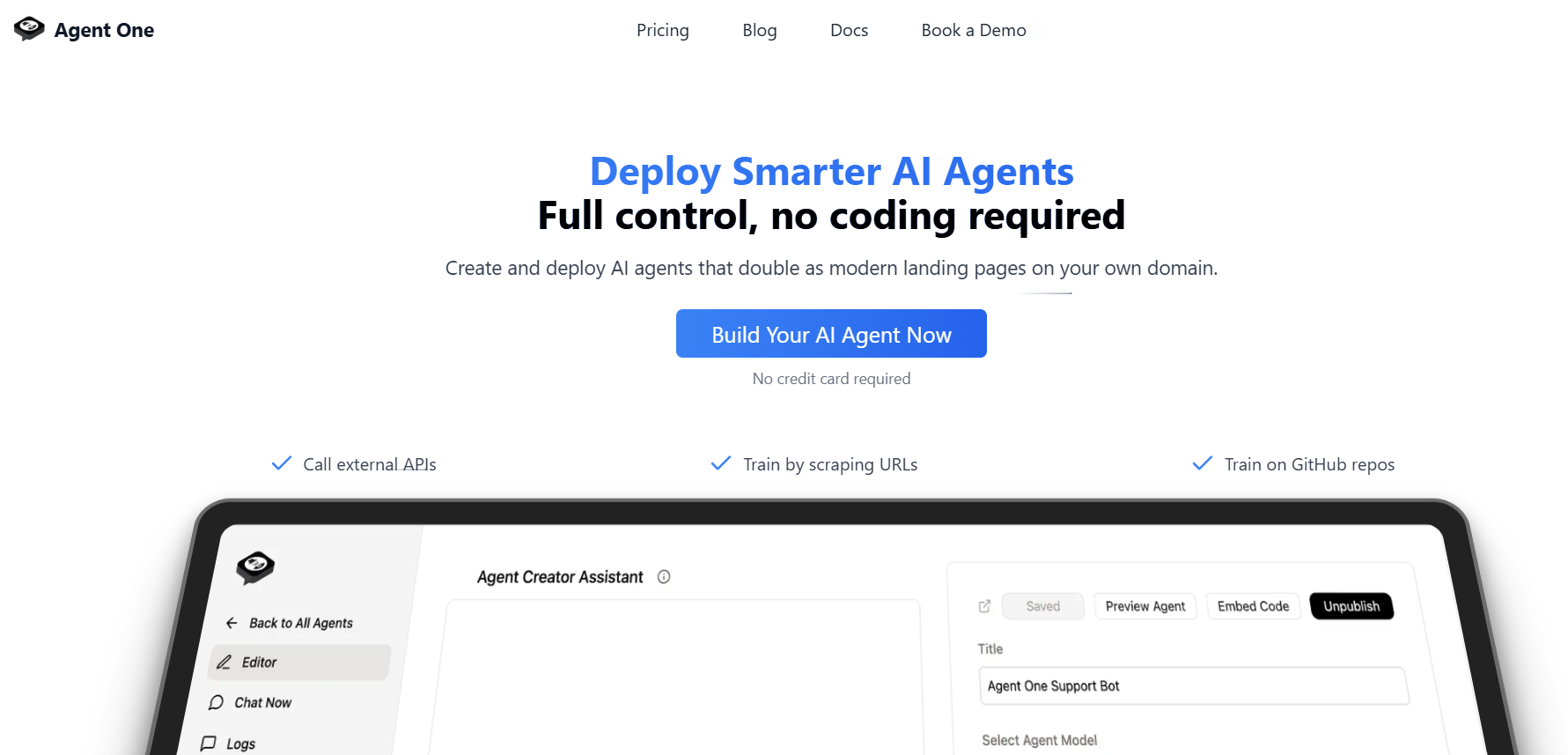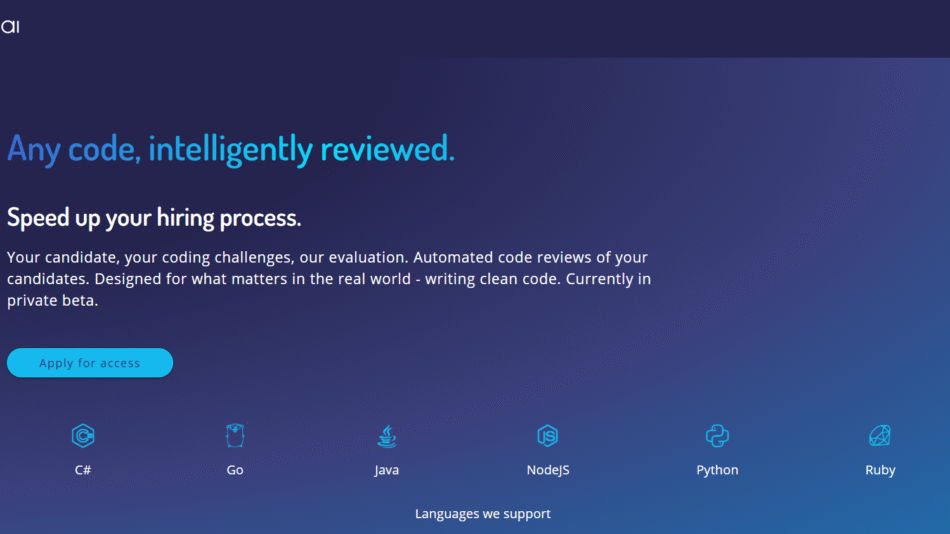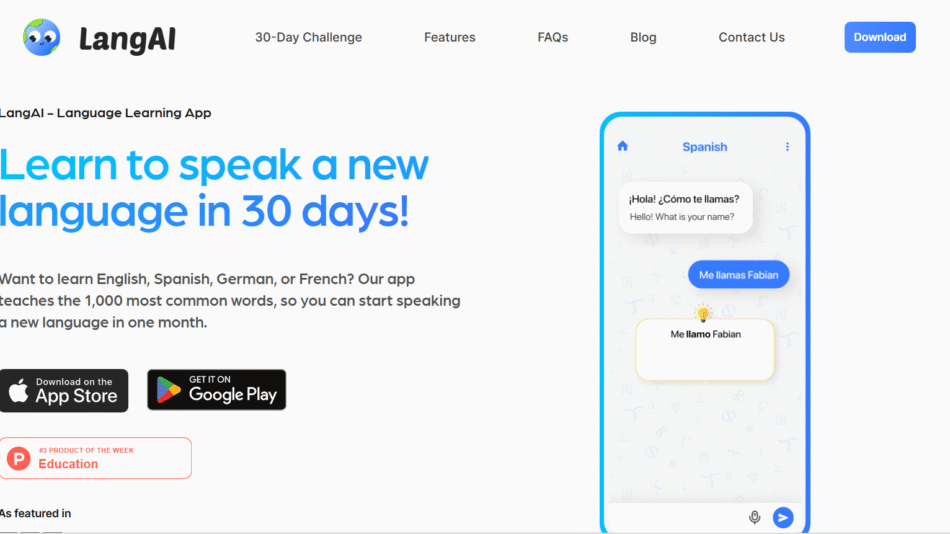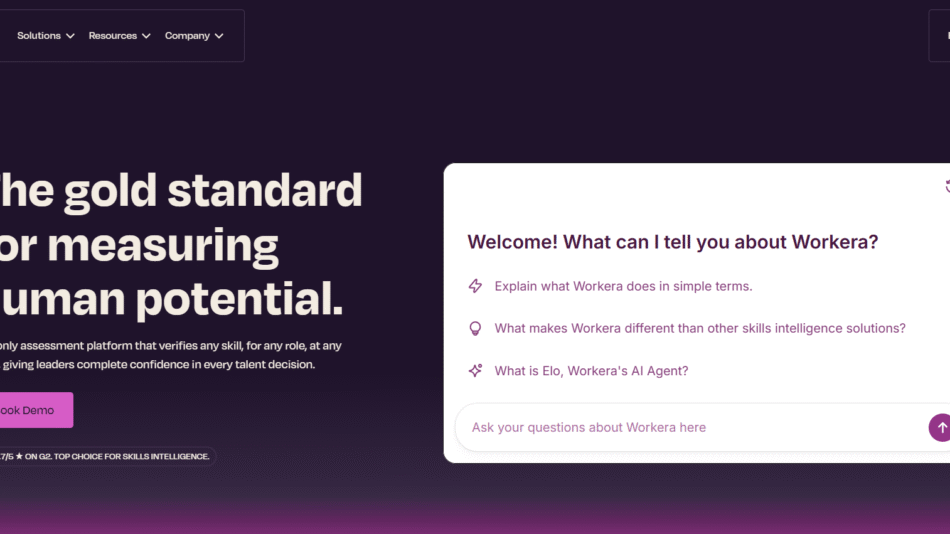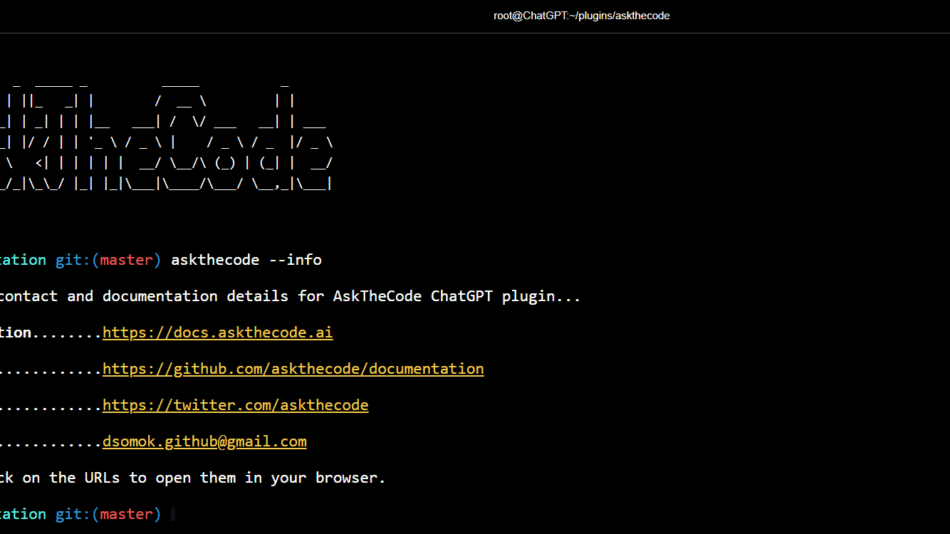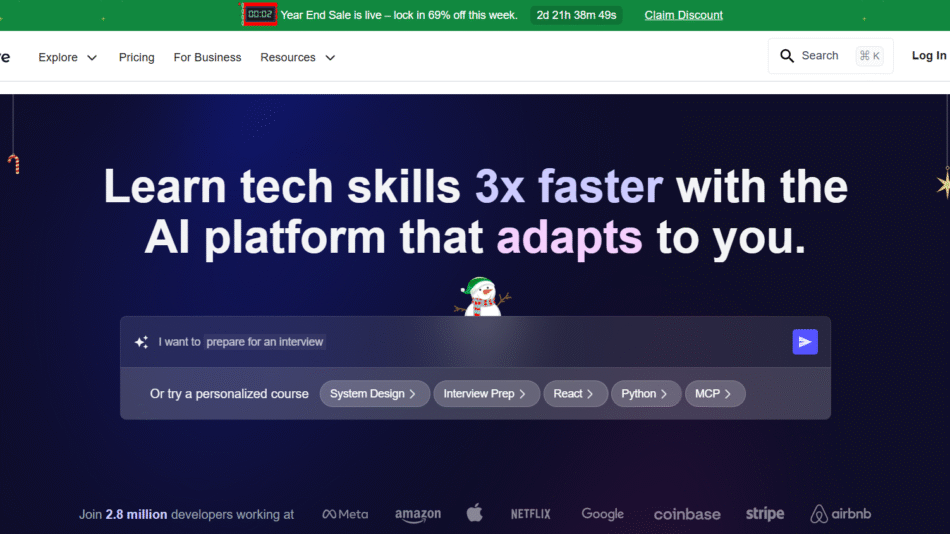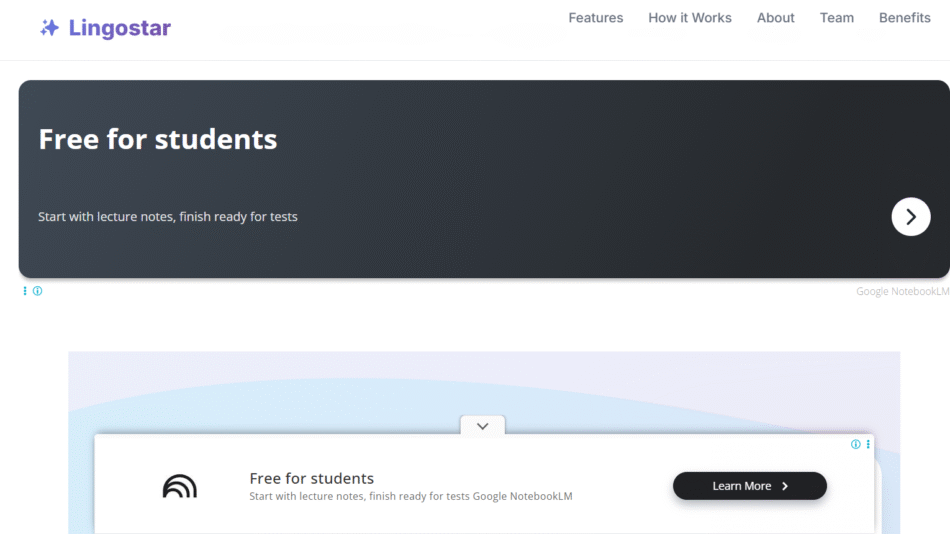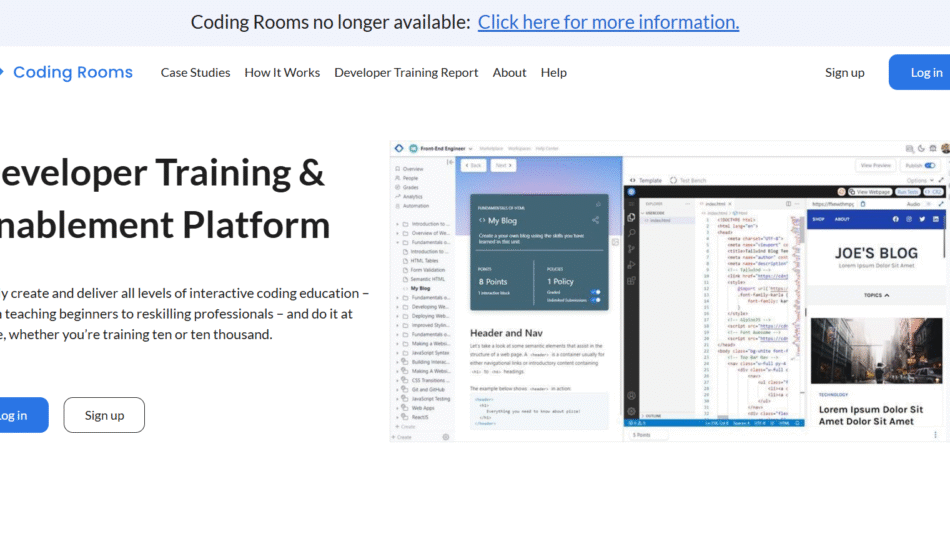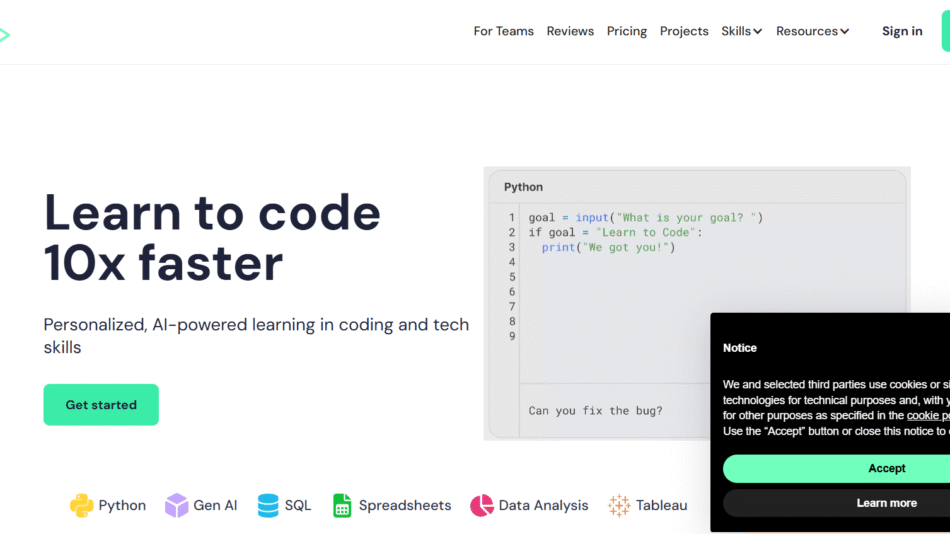AGNT.one is an AI agent builder that enables users to create, train, and run autonomous agents capable of executing web-based and code-driven workflows. These agents can be tailored to perform specific tasks—ranging from data scraping and social media automation to customer service operations and productivity hacks.
What sets AGNT.one apart is its focus on interoperability, allowing agents to connect seamlessly with external APIs, integrate tools like Zapier, and operate independently in a secure sandboxed environment.
Features
AGNT.one provides a robust suite of features designed to build and scale functional AI agents:
1. No-Code Agent Builder
Design and deploy custom agents without writing code.
Drag-and-drop interface for easy setup.
2. Scripted Agent Logic
For advanced users, agents can run Python or JavaScript-based scripts.
Control logic and behavior at a granular level.
3. API Integrations
Agents can connect with third-party APIs, databases, and SaaS tools.
Ideal for building complex workflows or bridging between platforms.
4. Secure Sandbox Execution
All agent operations run in isolated environments, ensuring data security and stability.
5. Multi-Agent Collaboration
Agents can work together or trigger one another to accomplish multi-step workflows.
6. Zapier Compatibility
Use Zapier to extend your agents’ functionality across 5,000+ apps.
7. Scheduling & Automation
Agents can be set on timers, schedules, or respond to specific triggers.
How It Works
AGNT.one simplifies the process of creating and deploying functional AI agents in four key steps:
Step 1: Create Your Agent
Start with a template or build from scratch. Choose the task you want to automate (e.g., data scraping, email automation, or chat interactions).
Step 2: Define Logic
Use the visual builder or custom code to set the logic. Integrate APIs or use pre-built modules for actions and decision-making.
Step 3: Test in Sandbox
Run your agent in a secure test environment to ensure proper execution and bug-free performance.
Step 4: Deploy and Monitor
Once tested, publish your agent. Use the dashboard to monitor performance, receive logs, and refine workflows.
Use Cases
AGNT.one supports a variety of real-world use cases across industries:
1. Customer Support
Deploy agents to manage FAQs, respond to inquiries, and escalate tickets via email or chat.
2. Marketing Automation
Run campaigns, schedule social media posts, or pull analytics reports automatically.
3. Data Collection & Scraping
Agents can extract data from websites, clean it, and store it in databases or spreadsheets.
4. Internal Workflows
Automate onboarding sequences, internal task management, or status updates across tools like Slack or Asana.
5. API Automation
Bridge tools like CRMs, payment gateways, or analytics platforms using agent-driven workflows.
Pricing
AGNT.one offers flexible pricing to suit different levels of usage and expertise. While the exact pricing tiers are not listed in detail on the website, the platform currently operates with the following structure:
Free Tier
Build and test basic agents.
Limited API calls and executions.
Ideal for hobbyists and individual users.
Pro / Paid Plans (Coming Soon)
Higher execution limits.
Advanced scripting features.
Priority support and enhanced security.
For the most accurate and updated information, visit the official website: https://agnt.one
Strengths
AGNT.one is gaining attention for several standout qualities:
No-Code and Code-Friendly: Appeals to both non-technical users and developers.
Highly Customizable: Build agents for virtually any task or workflow.
Secure Execution: Runs in sandboxed environments for added security.
Third-Party Integration: Works with external tools like Zapier and REST APIs.
Future-Ready Design: Built for scalability, supporting multiple agents and collaborative workflows.
Drawbacks
While AGNT.one is powerful, it does come with a few limitations:
Still in Early Access: Some features and documentation may be limited.
No Public Pricing: Lack of transparent pricing may deter business users.
Learning Curve: Despite being no-code, building efficient agents may require time and experimentation.
Limited Community: As a newer platform, it may lack a strong user community and third-party support.
Comparison with Other Tools
Here’s how AGNT.one compares conceptually with other platforms:
vs. Zapier: AGNT.one offers more AI-driven logic and scripting, while Zapier is focused on straightforward app integrations.
vs. Replit Agents: AGNT.one is more visual and user-friendly for non-coders; Replit is more developer-centric.
vs. AutoGPT/AgentGPT: AGNT.one provides a structured environment with real automation hooks, unlike experimental open-source agents.
Overall, AGNT.one offers a middle ground between full-code agent platforms and simplified automation tools like Make or Zapier.
Customer Reviews and Testimonials
AGNT.one is still in early access, so public reviews are limited. However, early user feedback shared via Product Hunt and Twitter includes:
“Finally, an agent builder that doesn’t require a PhD in AI. Super intuitive.”
– Product Hunt User
“Used AGNT.one to automate my blog updates and social shares—it saved me hours.”
– Early Beta Tester
“The sandbox mode is brilliant. I can test and tweak agents without breaking anything.”
– Startup Founder
As the platform matures, we can expect more case studies and testimonials to emerge.
Conclusion
AGNT.one is an impressive entrant in the AI automation space, enabling users to build powerful agents that can streamline digital workflows across tools and platforms. Whether you’re a solo entrepreneur, developer, or operations lead, the platform offers a flexible environment to automate tasks intelligently and securely.
With its no-code interface, scripting capabilities, and broad API compatibility, AGNT.one bridges the gap between casual automation tools and enterprise-grade AI systems. Although it’s still in early development, the potential for businesses to reduce manual workloads and increase efficiency is significant.
If you’re exploring ways to automate smarter—not harder—AGNT.one is worth trying.
